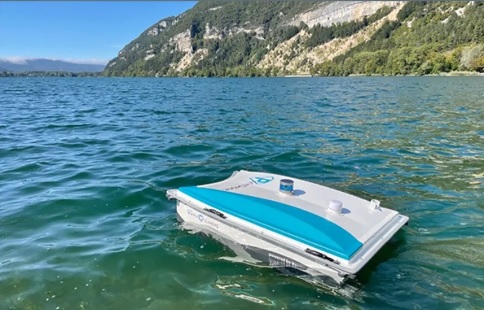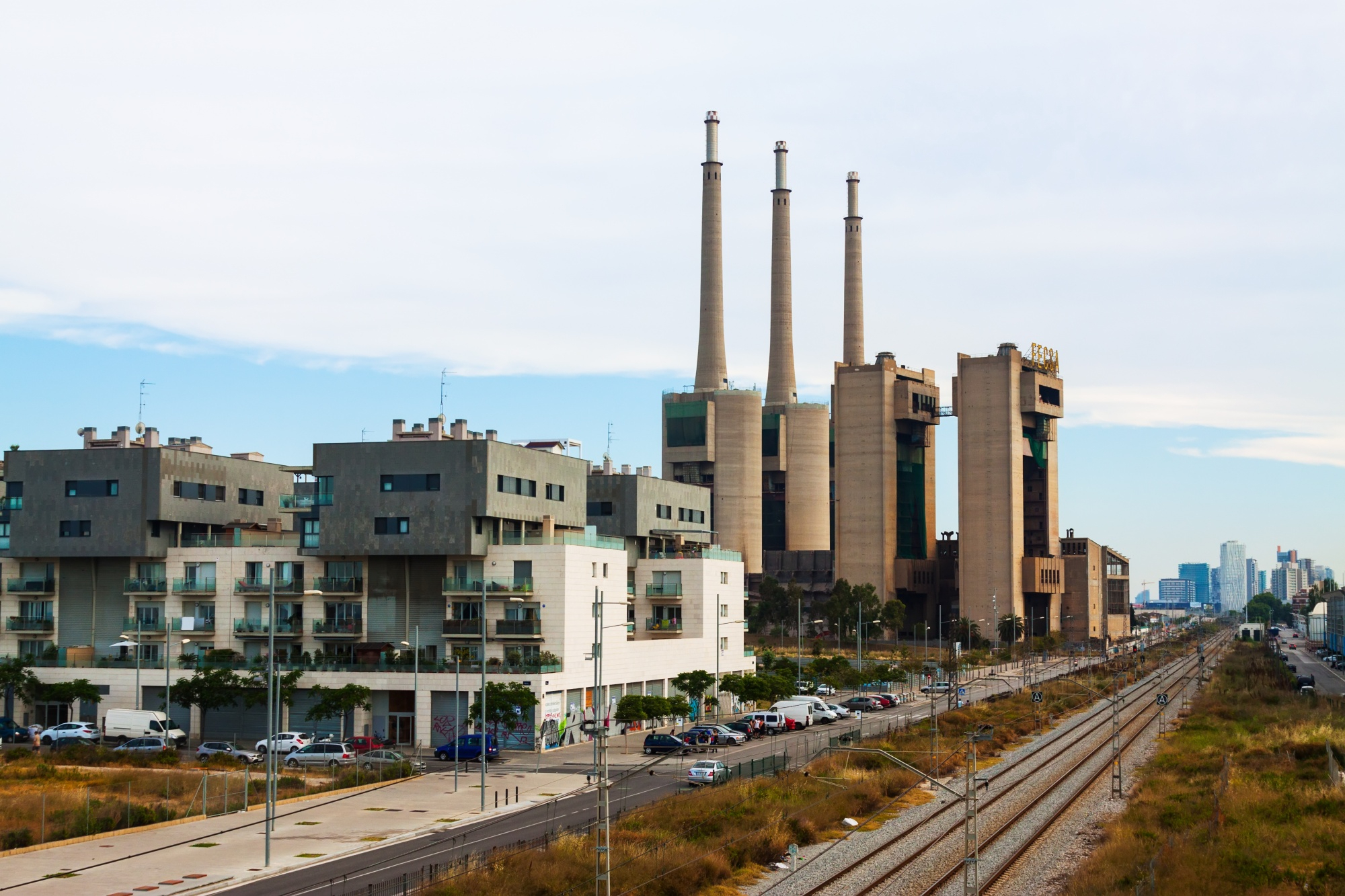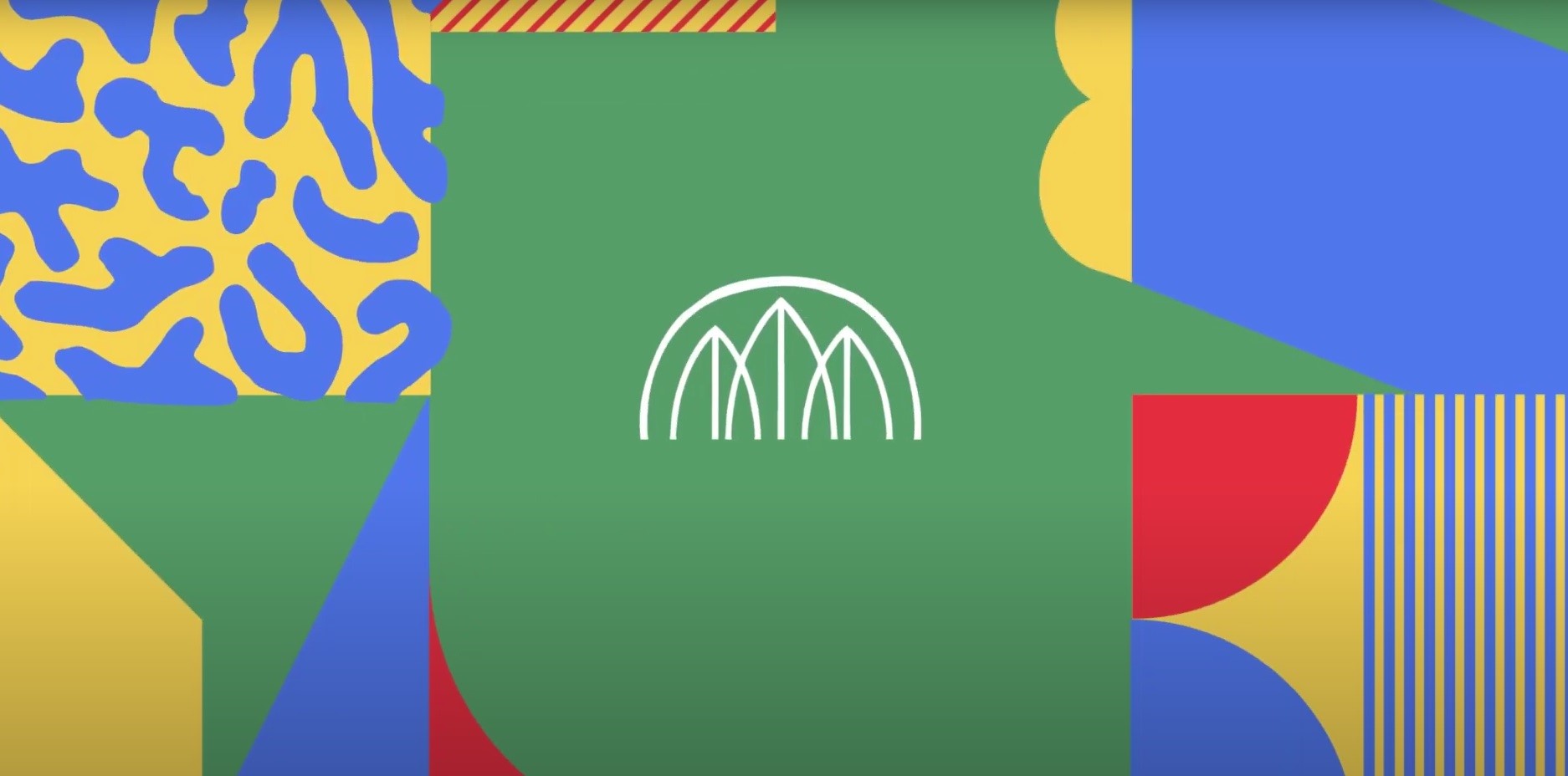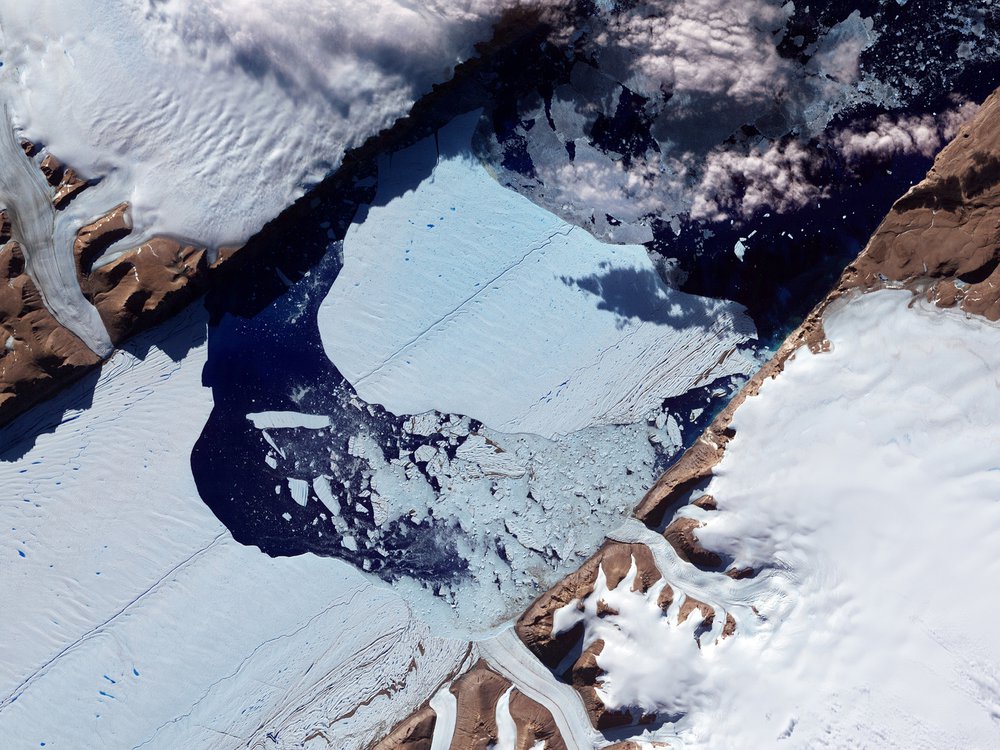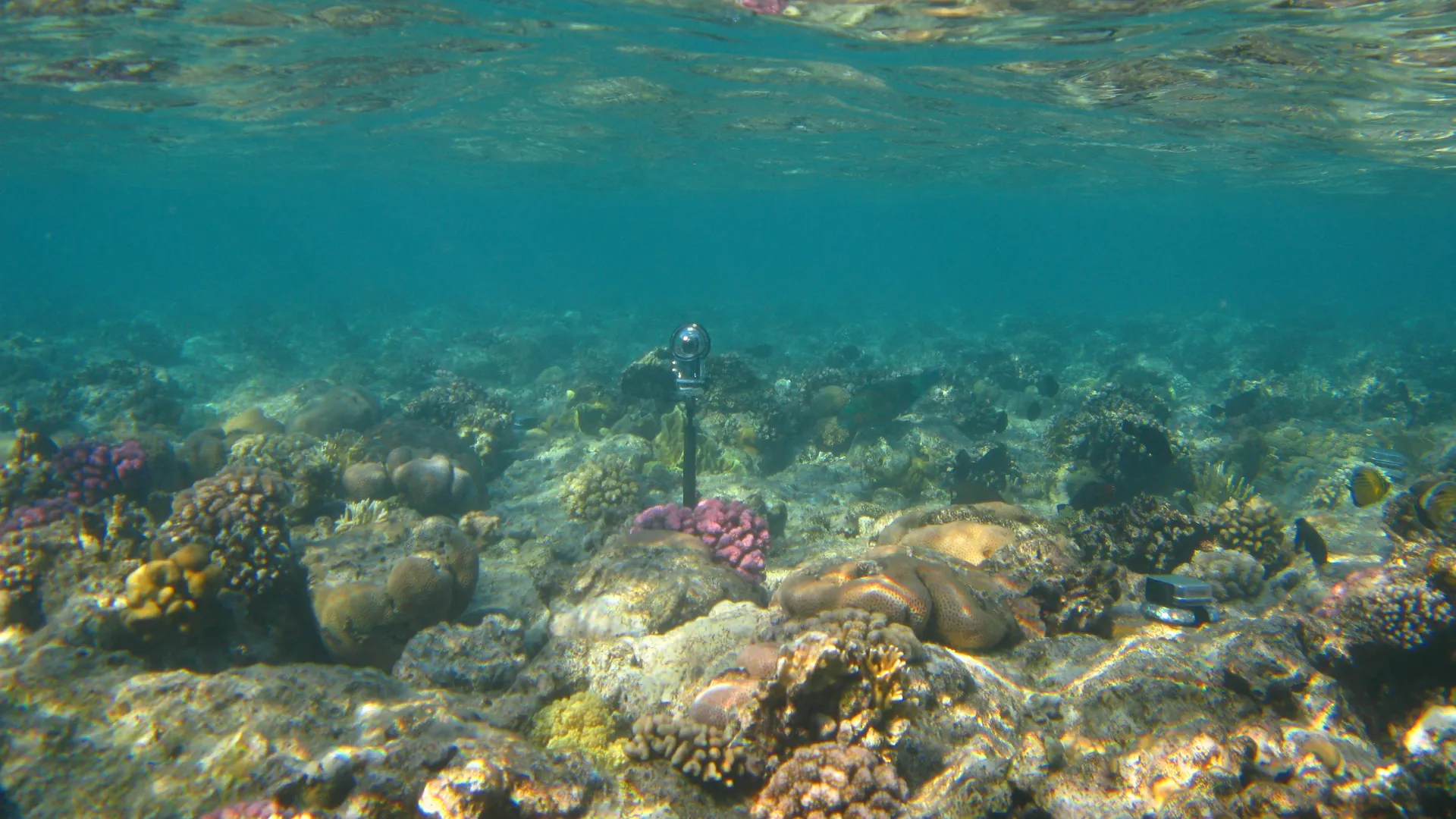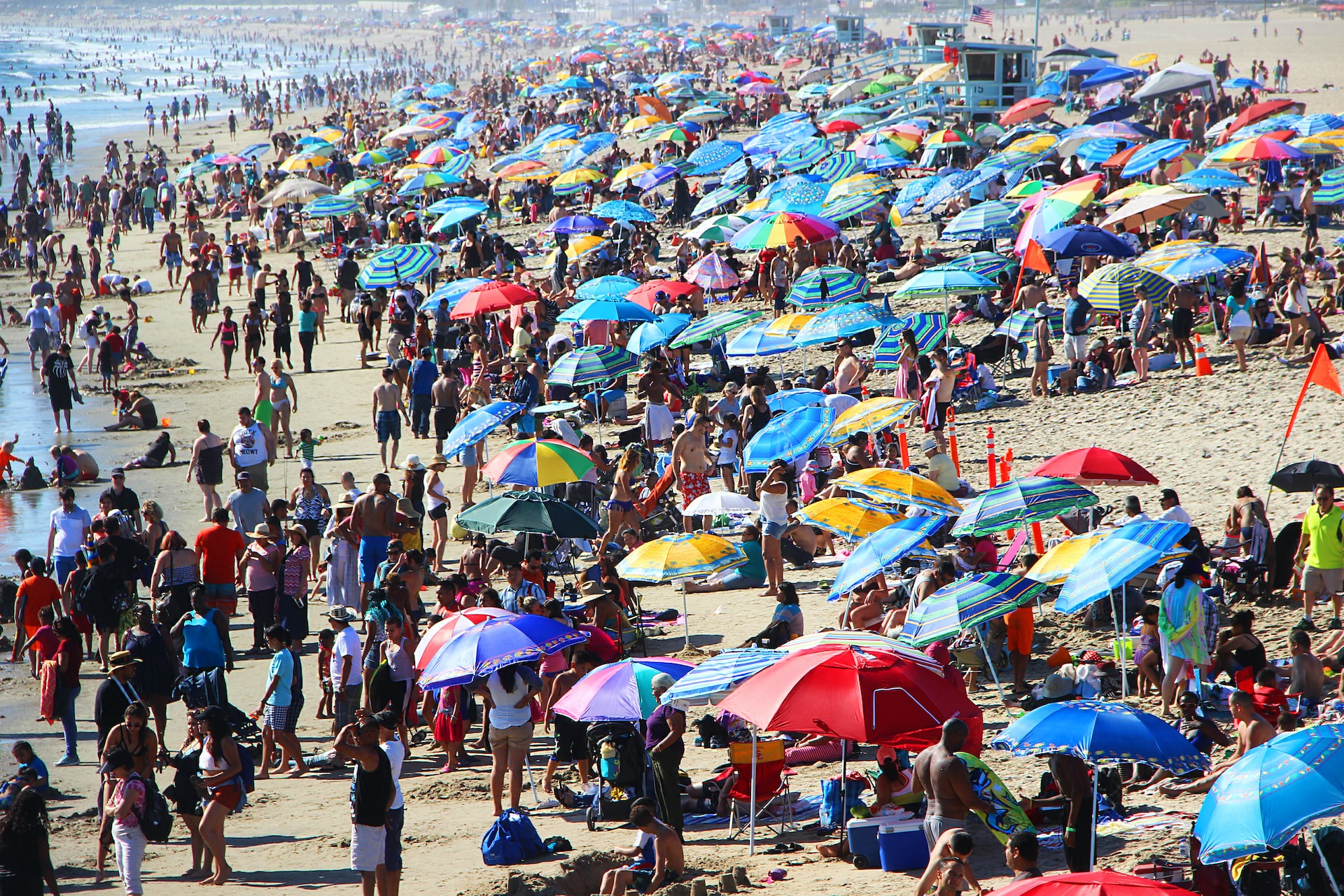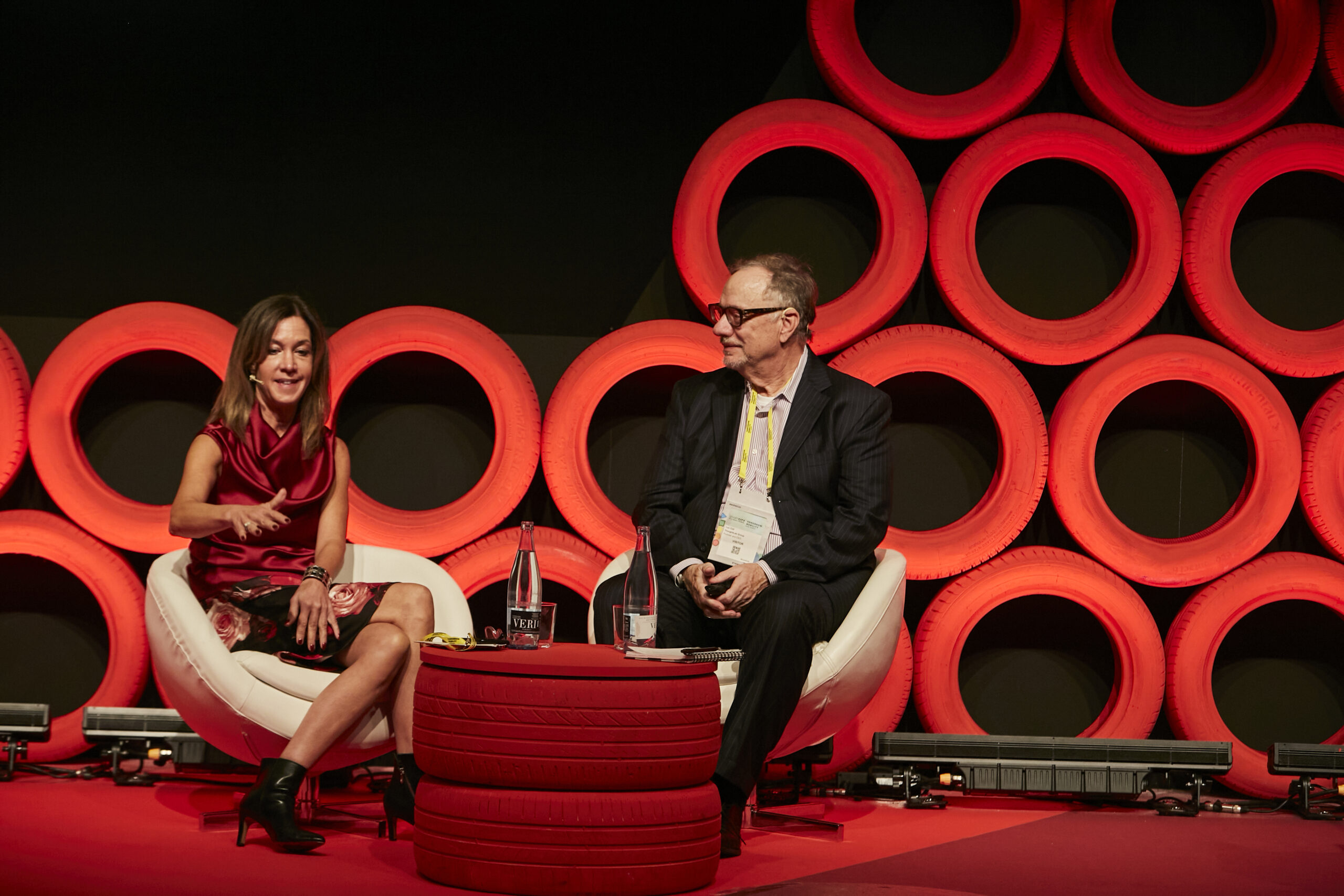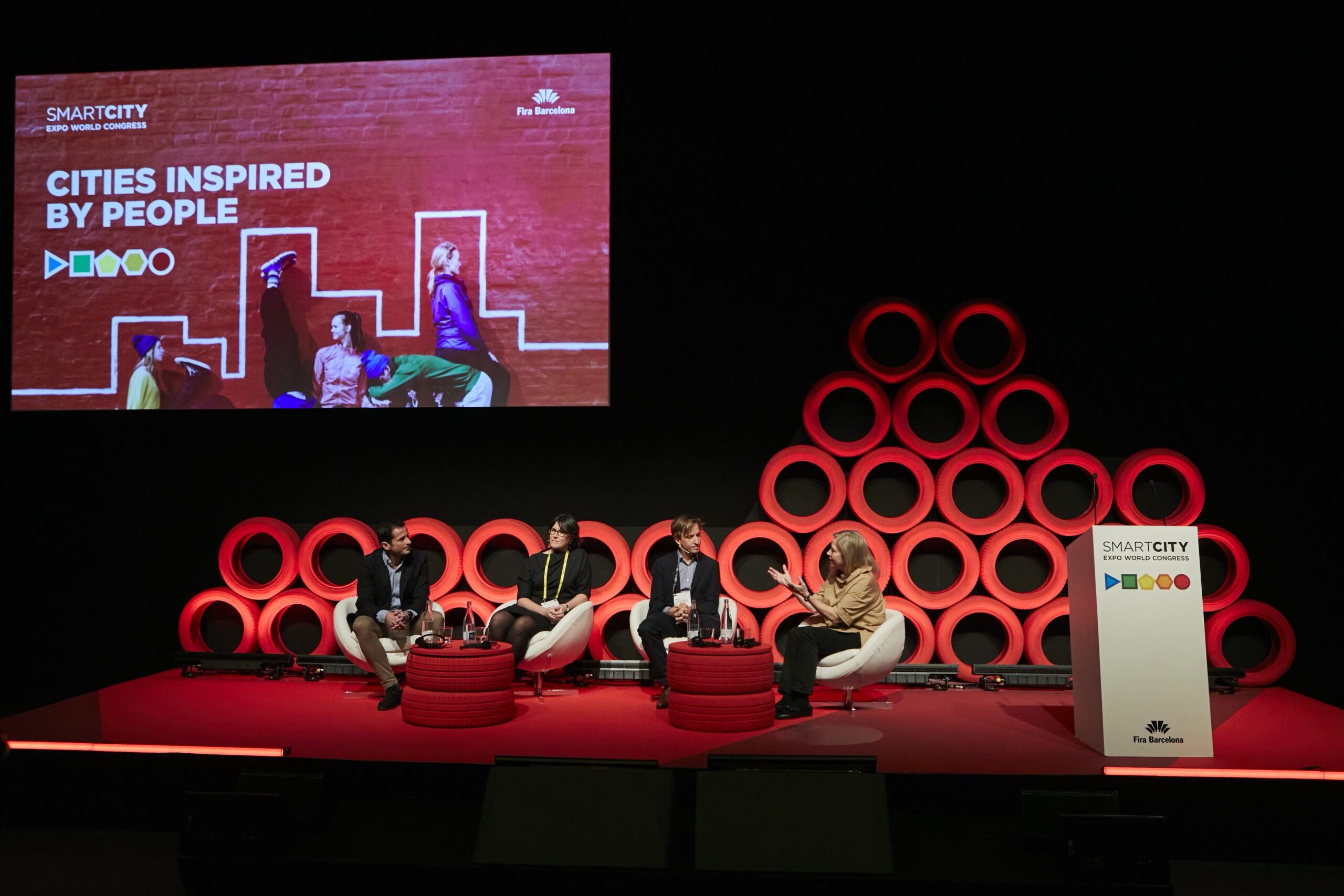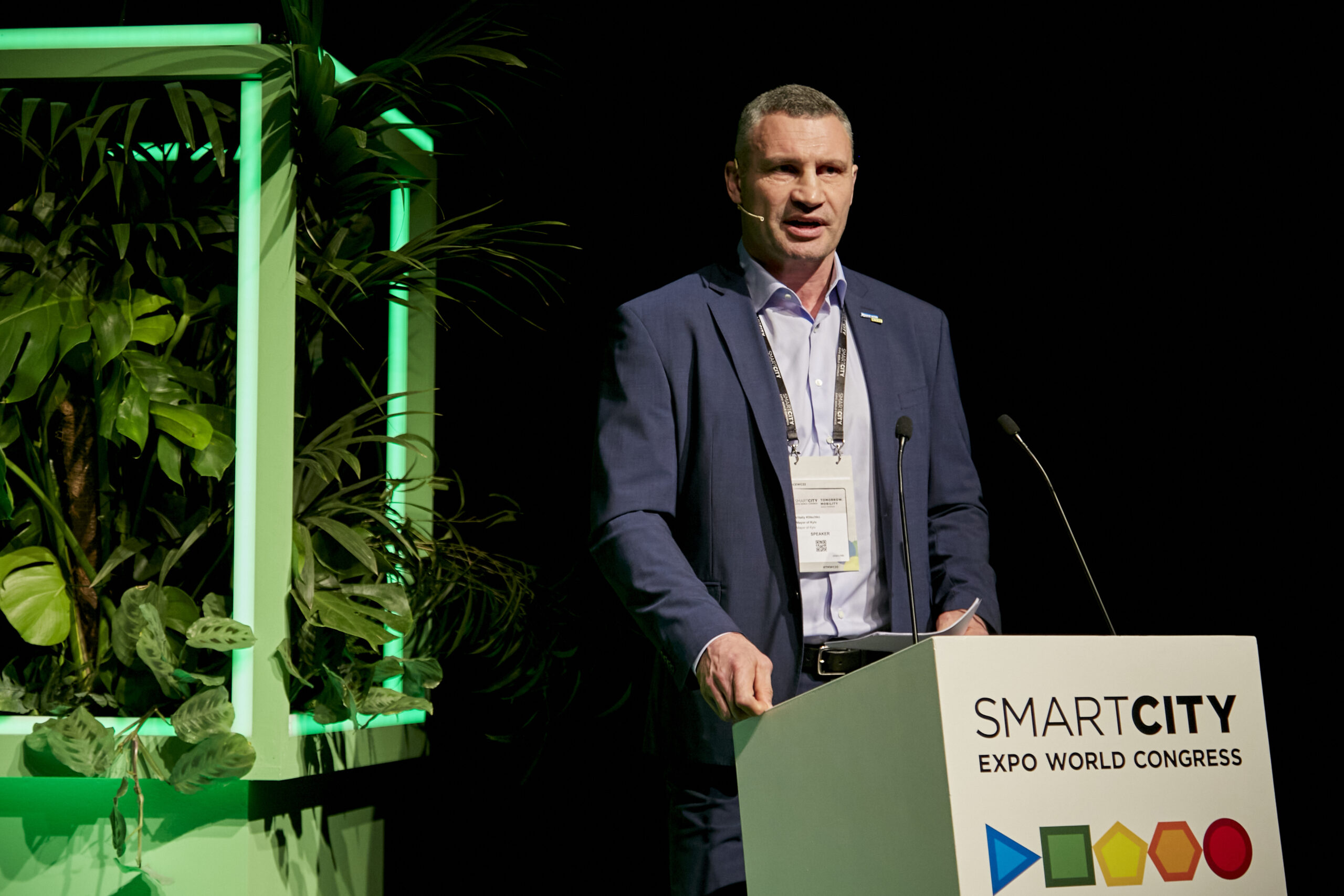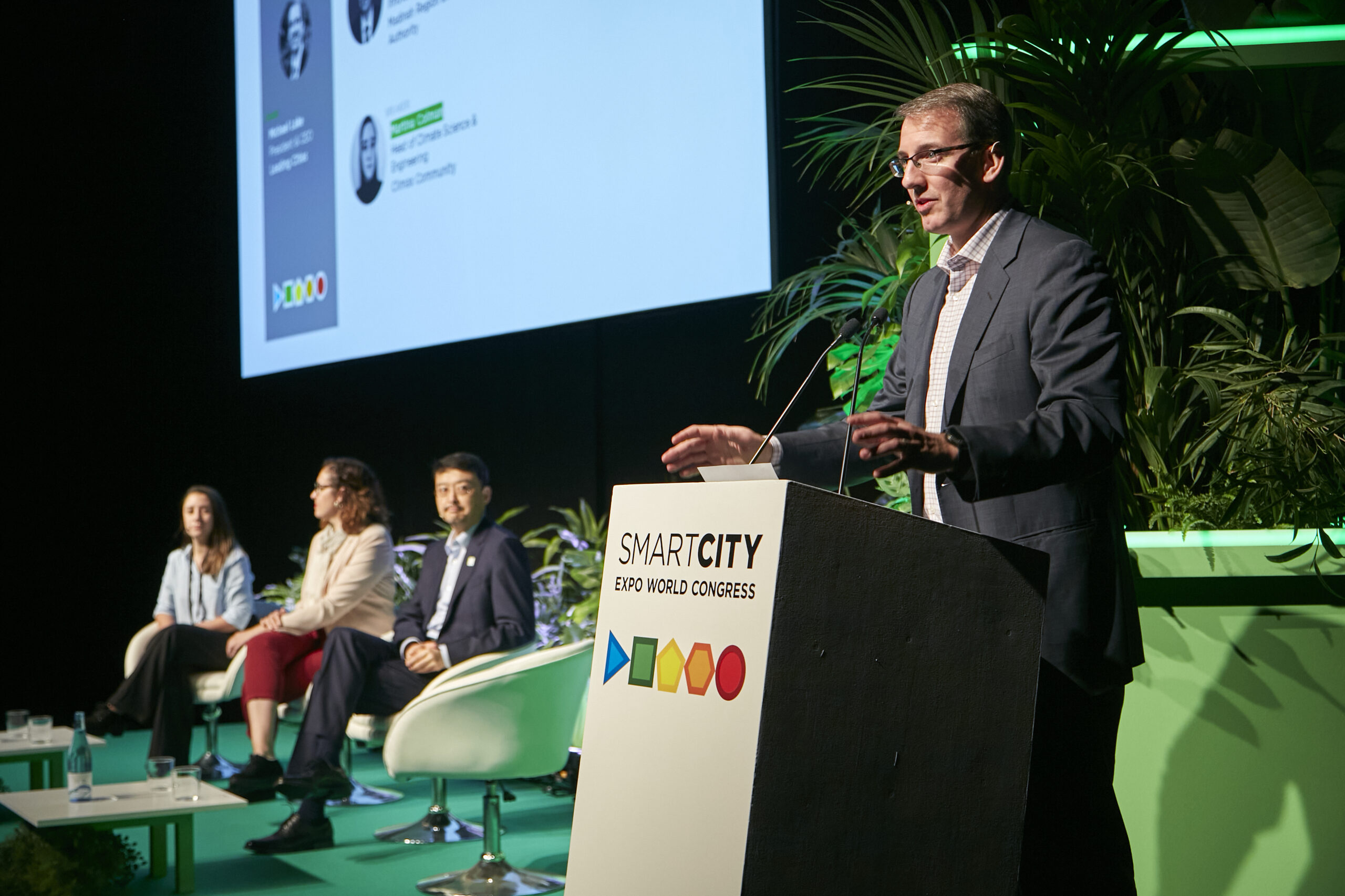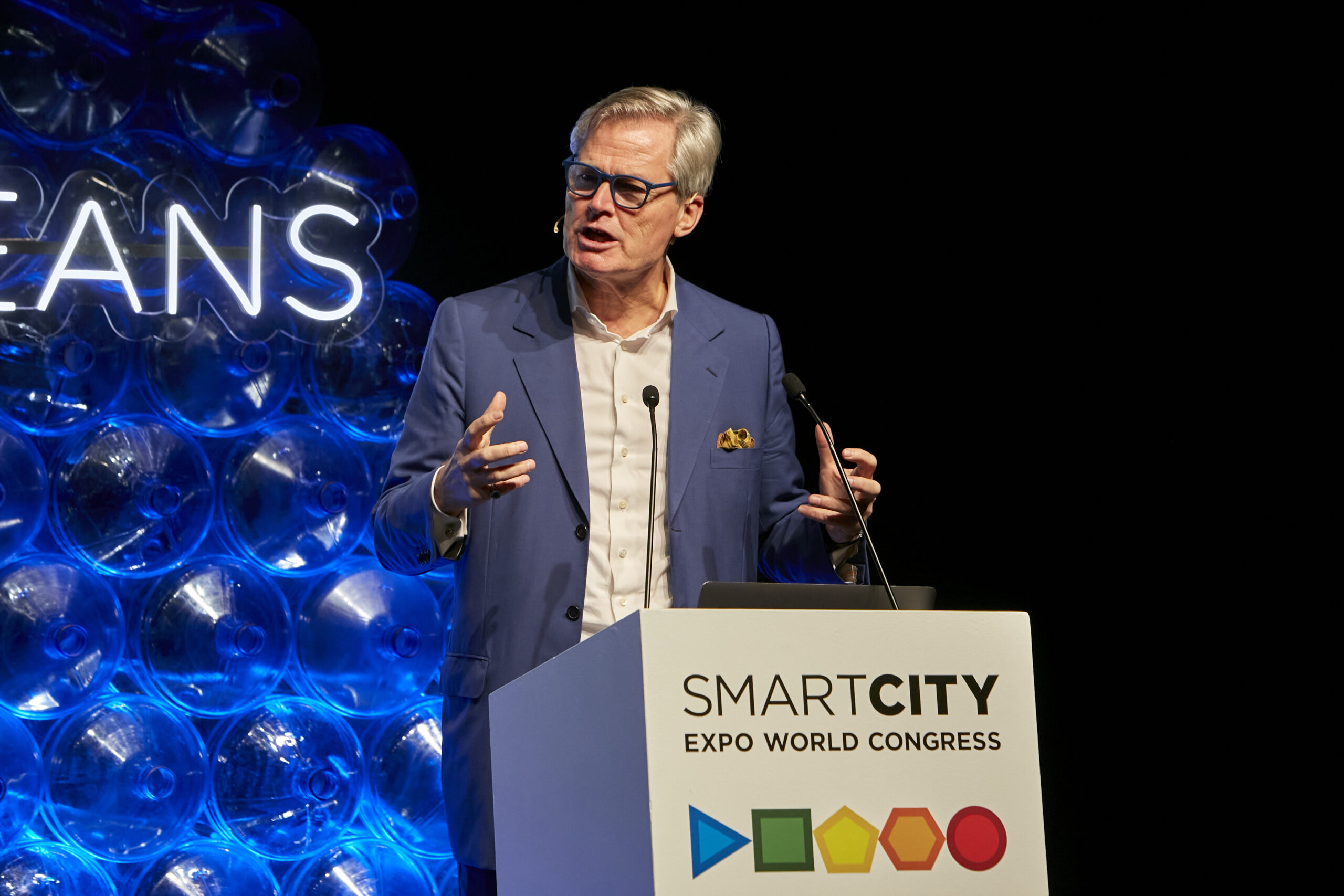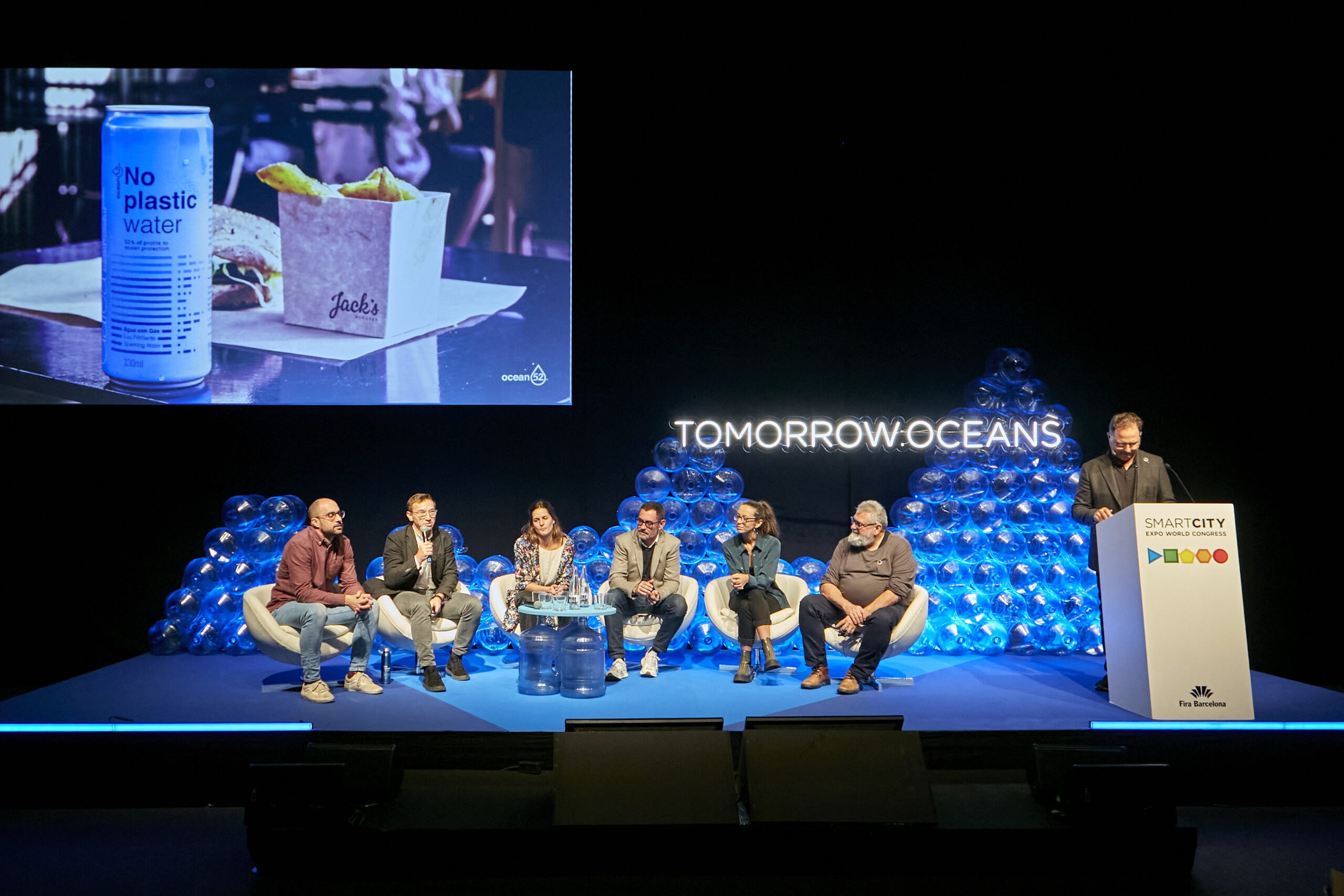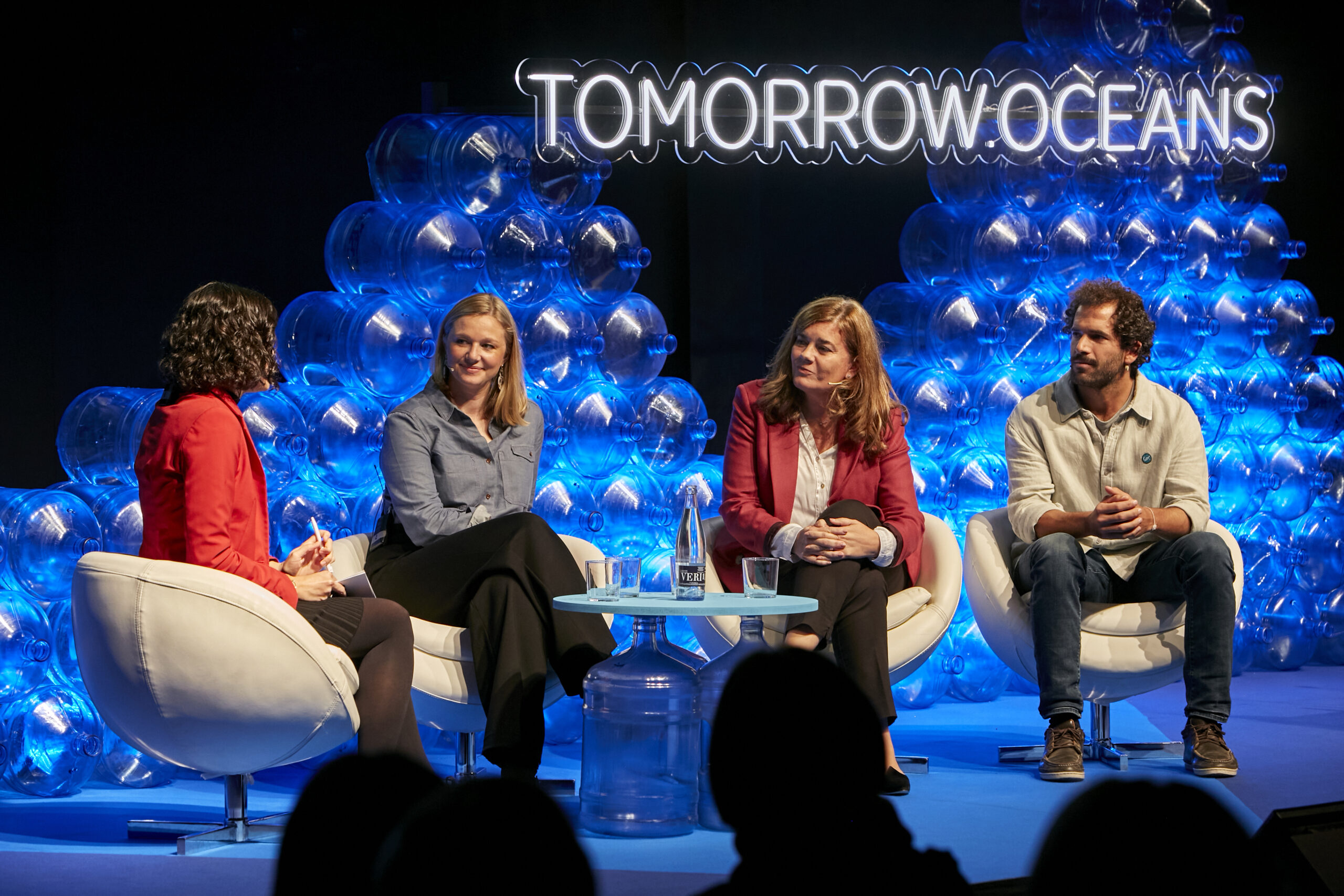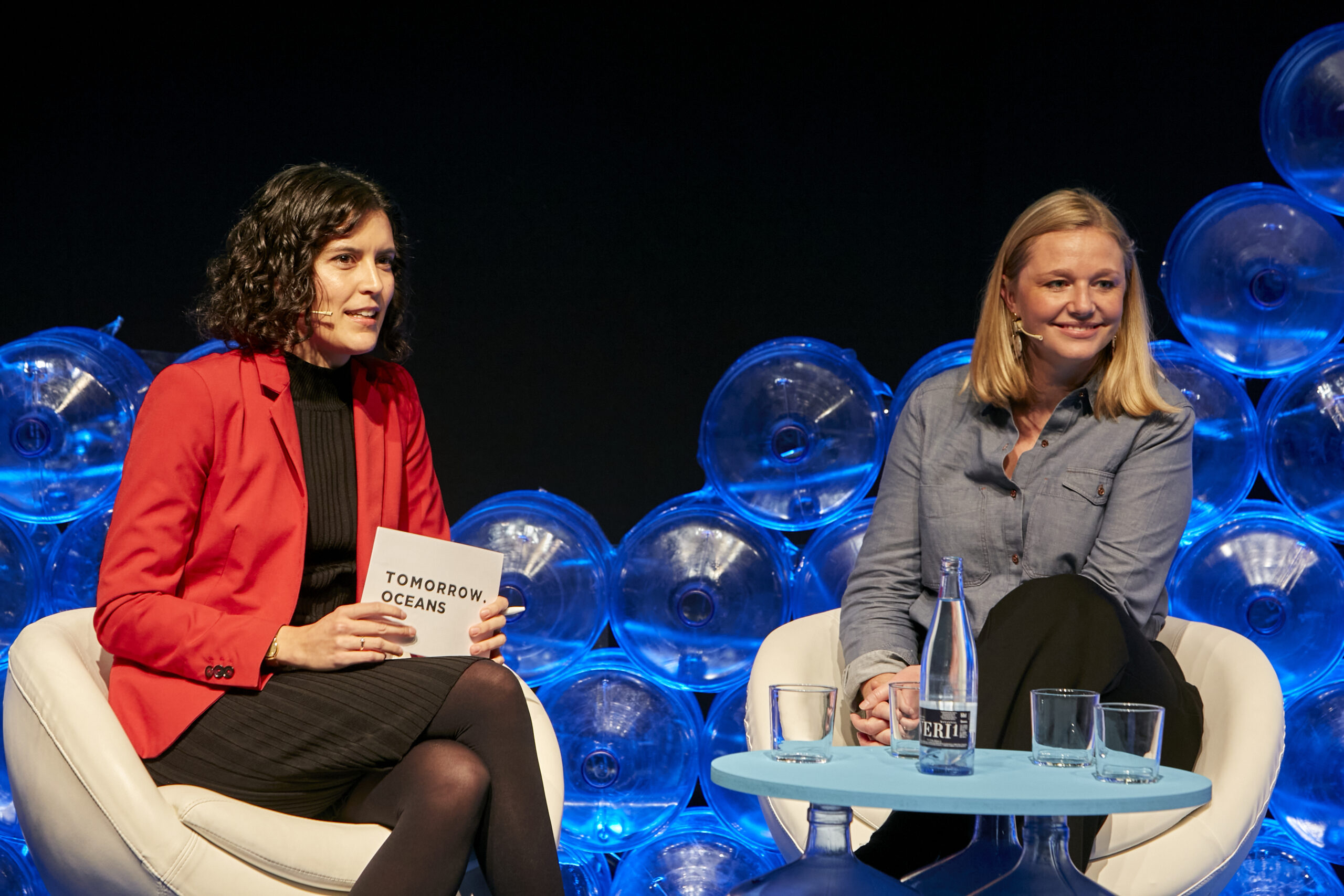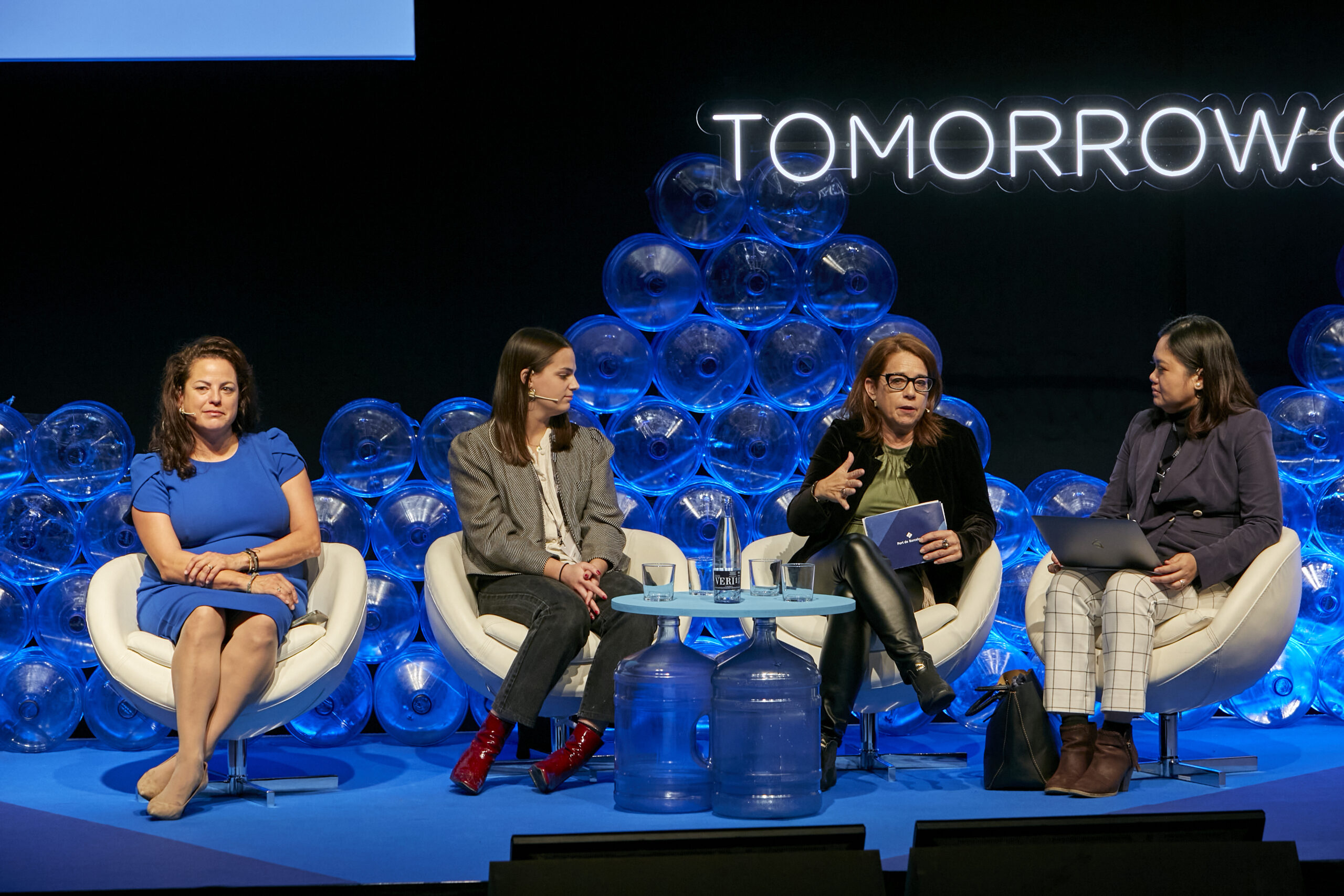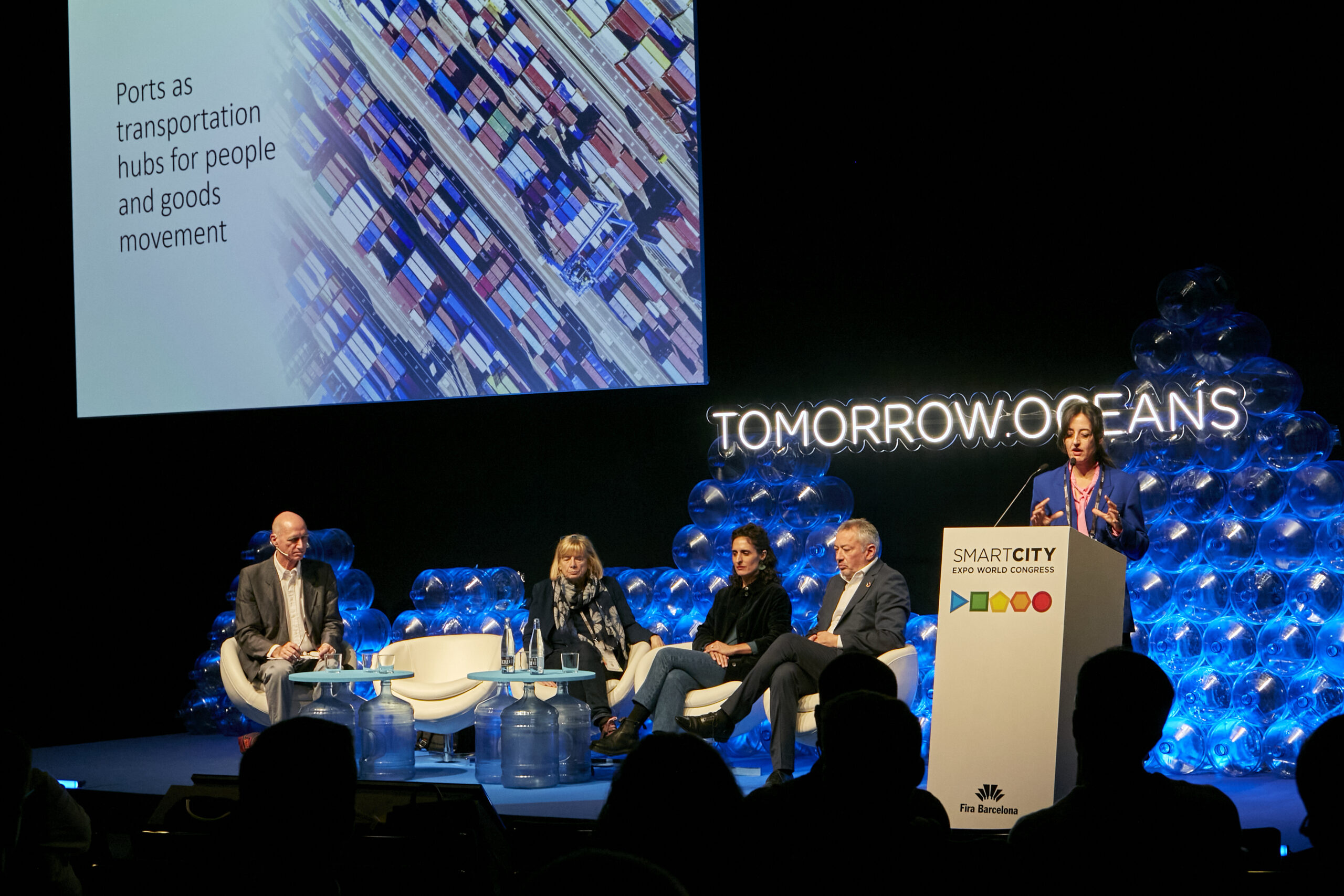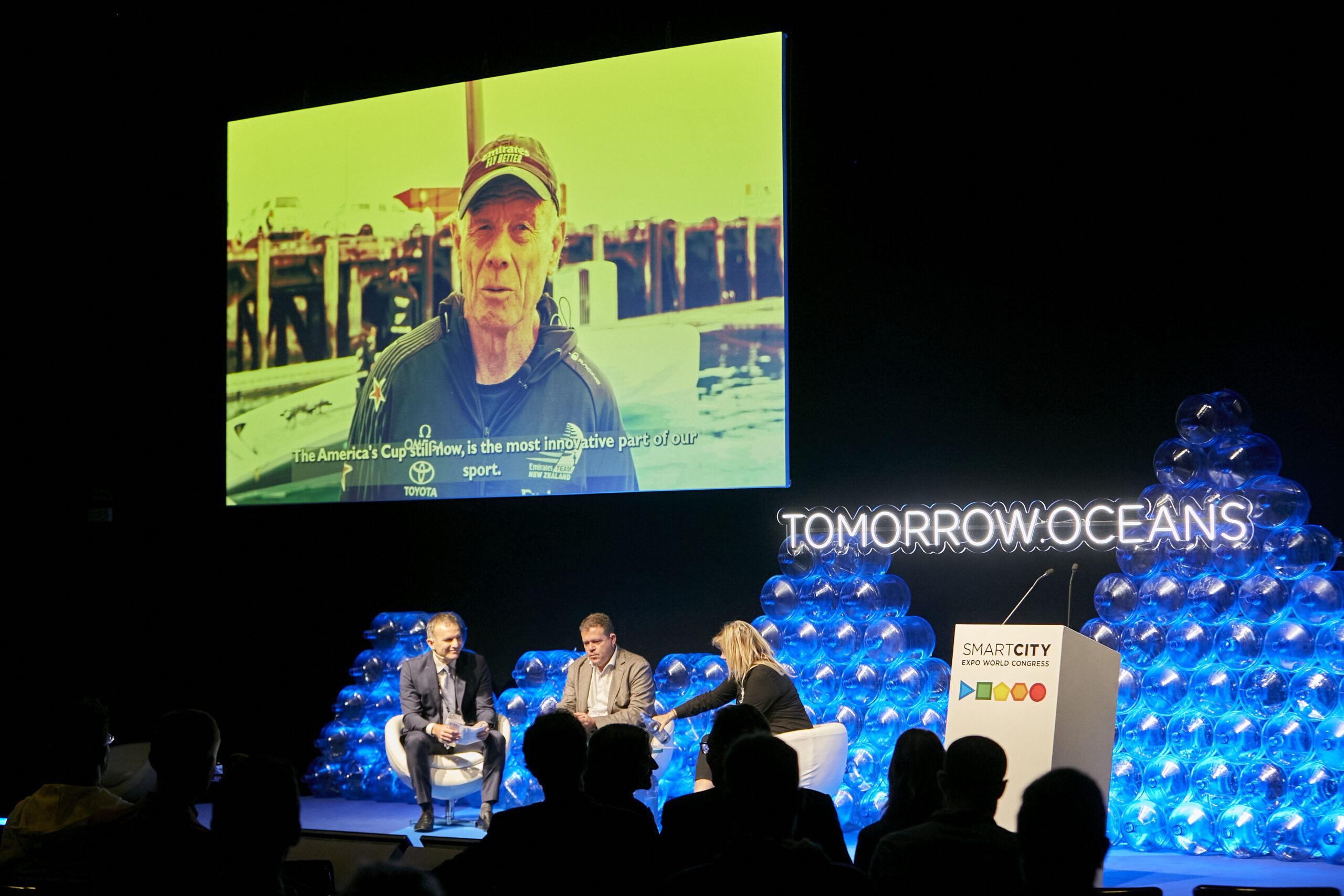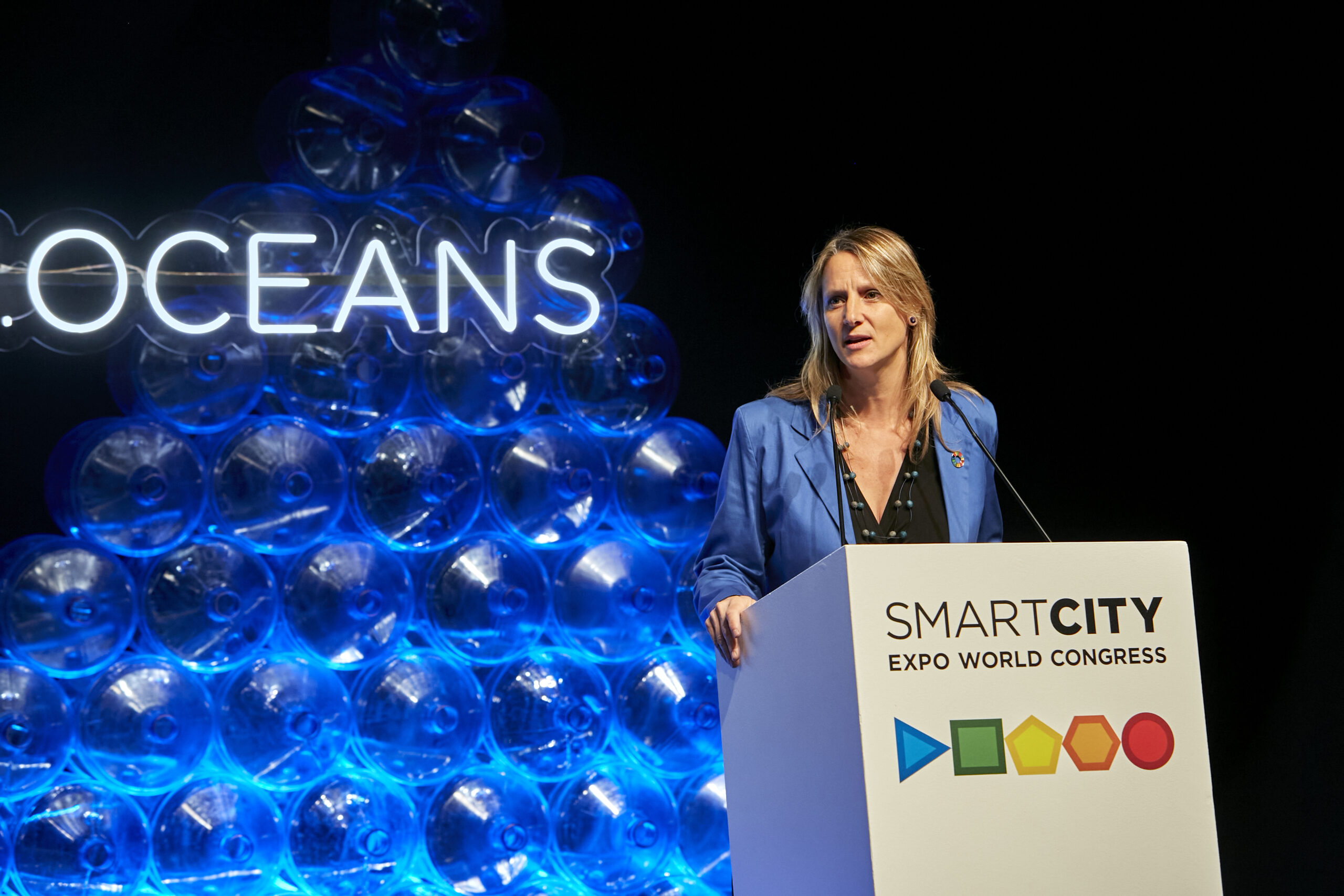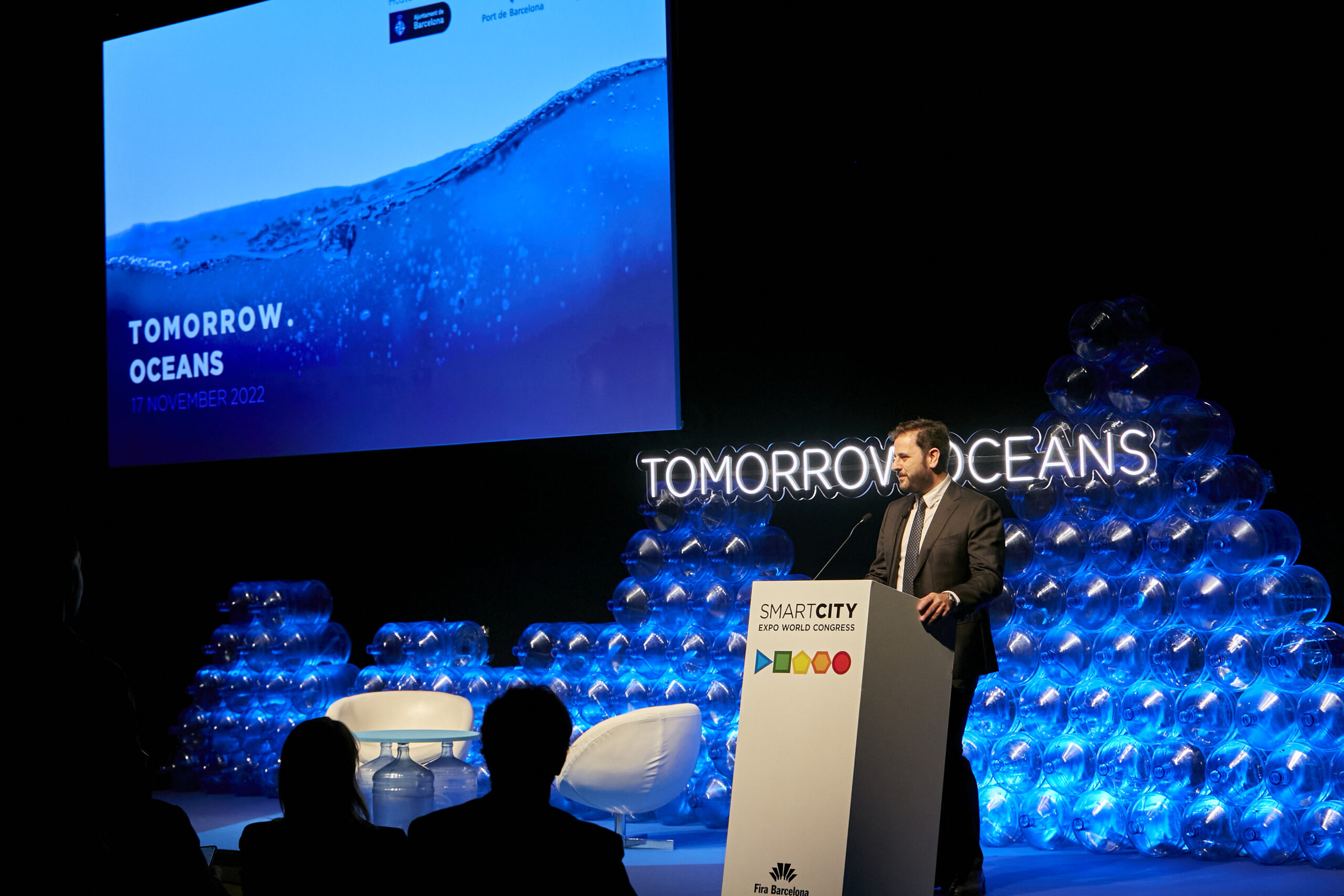Author | Elvira Esparza
The concept actually stretches back to ancient times, but it has evolved significantly in the past decade. The blue economy now advocates for a sustainable economic model centered on oceans. The goal is to fully leverage marine resources, taking into account that seas and oceans cover over 70% of the Earth’s surface while only 7% is currently under protection.
To mitigate the adverse effects of human activities on marine conservation and prevent depletion of the sea’s natural resources, the blue economy fosters an economic model that prioritizes greater respect for the marine environment.
What is the definition of the blue economy?
The World Bank defines the blue economy as sustainable use of ocean resources for economic growth, improved livelihoods and jobs, while preserving the health of the ocean ecosystem. The problem is that we have prioritized economic gains in ocean exploitation, which has resulted in environmental degradation. This exploitation has exacerbated pollution, elevated ocean temperatures, and contributed to the loss of marine species, among various other pressing issues.
The United Nations describes the blue economy as a way of protecting oceans and marine ecosystems. This protection is included in goal 14 of the 2030 Agenda Sustainable Development Goals: Conserve and sustainably use the oceans, seas and marine resources.
The economist Gunter Pauli introduced the concept of the blue economy with his 2010 book, The Blue Economy, where he presented a novel business model inspired by principles found in nature. Pauli’s vision involved creating productive processes that mimic the efficiency and sustainability found in nature. This approach emphasizes utilizing resources efficiently, minimizing waste, and reusing materials to generate new products.
What activities fall within the concept of the blue economy?

The blue economy refers to economic activities associated with oceans, from maritime transport, fisheries or coastal tourism and new activities such as marine renewable energy, aquaculture, deep seabed mining and marine biotechnology.
In economic terms, the blue economy is a significant contributor to global economic output, estimated at around USD 1.5 trillion annually, according to the United Nations. This economic impact extends across various sectors, including fishing, maritime transport, coastal tourism, and renewable energy, providing livelihoods for over 60 million people worldwide. The OECD suggests that the global value of the blue economy could reach USD 3 trillion by 2030.
What are the risks facing the blue economy?
The blue economy seeks to establish a balance between economic growth and the preservation of marine ecosystems. Achieving this equilibrium poses a significant challenge due to decades of irresponsible exploitation of ocean resources, resulting in their degradation and threatening marine conservation efforts.

The risks to which the blue economy is exposed include:
- Overexploitation of resources stemming from excessive fishing and marine extraction. Such practices can deplete resources, jeopardizing the economic viability of fishing industries.
- Marine pollution, stemming from plastic waste, chemical products, and oil spills, poses a significant threat to the health of oceans and marine life.
- Unsustainable aquaculture, characterized by rapid and unregulated expansion, resulting in water pollution and biodiversity loss.
- The alteration of marine habitats, driven by coastal construction and activities such as oil, gas, and mining exploration and exploitation.
- Insufficient governance and regulatory frameworks impede the sustainable management of marine and coastal resources, leading to unsustainable overexploitation.
How can we protect the blue economy?
Reducing the negative impact of human activities on the oceans and adopting consumption patterns that prioritize environmental respect and sustainability is a fundamental first step. The main actions to protect the blue economy focus on:
- Adopting sustainable fishing practices. As fish consumption continues to increase annually by 3%, there is a pressing need to establish protected areas and enforce limits on the extraction of fish from the sea. The goal of the High Seas Treaty is to designate 30% of the oceans as Marine Protected Areas (MPAs) by 2030. This initiative aims to conserve and safeguard marine life while ensuring equitable access to marine resources for all.
- The restoration of the ocean bed. The aim is to reintroduce plant life into oceans because seagrass can store carbon 35 times faster than a tropical forest. Project Seagrass plans to restore seagrass in the United Kingdom, which has lost approximately 92% of its seagrass.
- The elimination of plastic waste. Each year, 8 million tons of plastic find their way into the ocean, polluting even its deepest reaches. To address this issue, there are numerous initiatives focused on reducing plastic consumption. For instance, the company Evoware has replaced plastic bottles with cassava-based alternatives, it offers disposable straws made from rice, and produces cups and containers using marine algae.
How can the blue economy reduce climate change?

Rising temperatures, ocean acidification, escalating sea levels, and extreme climate events exert a detrimental impact on the blue economy, disrupting the productivity of marine ecosystems, altering species distributions and compromising the coastal infrastructure, and tourism.
The blue economy has the potential to mitigate these impacts by enhancing the carbon storage capacity of oceans and safeguarding marine ecosystems. These are some initiatives that can be developed:
- Marine renewable energy: Harnessing energy from renewable sources such as offshore wind turbines, tidal and wave energy, presents a viable strategy to lessen reliance on fossil fuels. By transitioning towards these cleaner energy sources, we can work towards decarbonizing the energy sector and reducing greenhouse gas emissions.
- Sustainable maritime transportation: Adopting more efficient and cleaner technologies and practices in maritime transportation can significantly reduce greenhouse gas emissions. Measures such as route optimization, the utilization of cleaner fuels, and the implementation of reduced speeds can help to mitigate the environmental impact of maritime transport.
- Protection of carbon stores in marine ecosystems. Oceans absorb approximately 10 billion tons of CO2 annually, as indicated by the Global Carbon Budget. However, this absorption has led to an increase in ocean acidity. Coral reefs are experiencing the adverse effects of ocean acidification, which in turn impacts shellfish, which are natural ocean regenerators. Reducing carbon dioxide emissions is essential to mitigate sea acidification and enhance the oceans’ capacity to store carbon.
- Sustainable aquaculture. Sustainable aquaculture represents a more environmentally friendly alternative to land-based farming, providing essential protein in our diets, as it generally generates fewer greenhouse gas emissions. However, it must be conducted in a sustainable manner to avoid negative impacts on the marine ecosystem.
The blue economy serves as a catalyst for the economic, social, and environmental development of coastal cities, as it fosters job creation, drives tourism, supports coastal protection efforts, and encourages research related to oceans and marine preservation.
Images | joakant, Nicholas Doherty LTapsaH

































